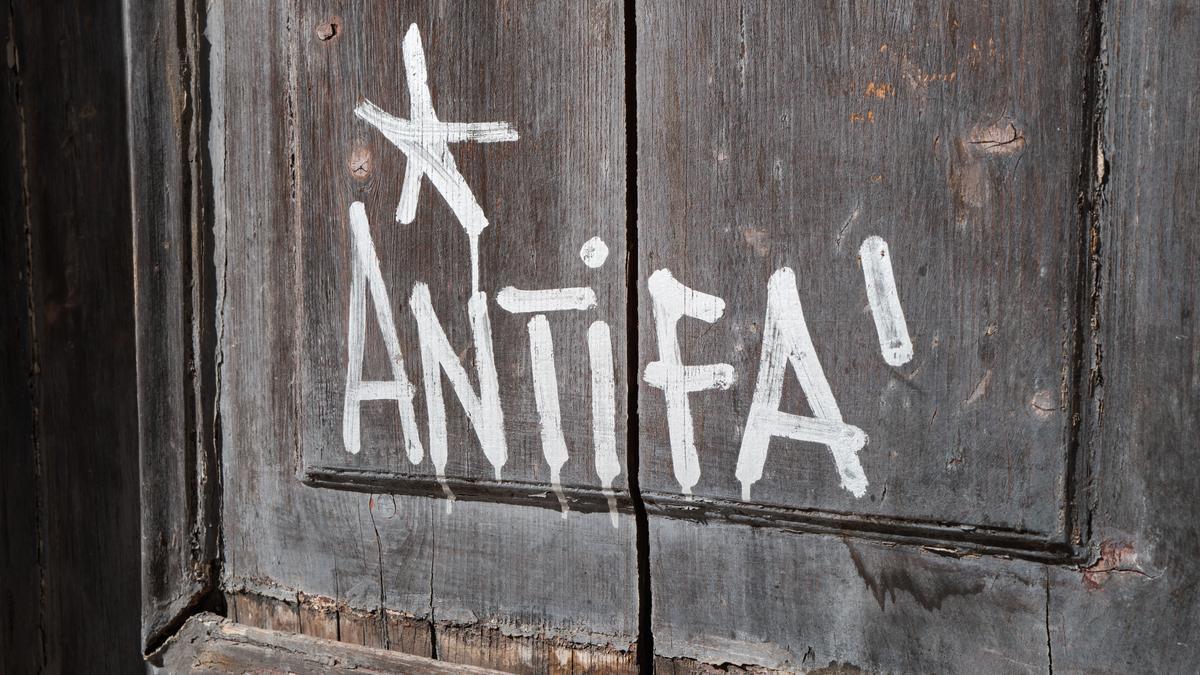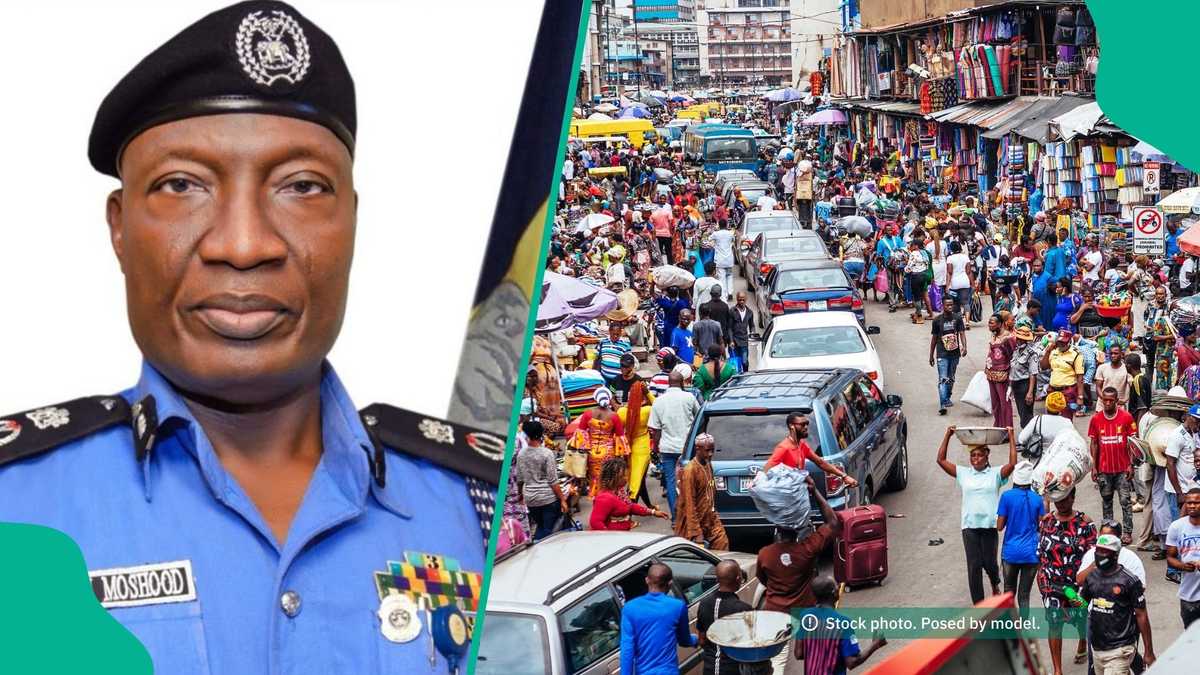By Srinivasan Ramani
Copyright thehindu

U.S. President Donald Trump, on Wednesday (September 17, 2025), declared that he was going to designate the anti-fascist movement known as “Antifa” as a terrorist organisation. This is the second time Mr. Trump has made such a declaration; the first was in May 2020 in the aftermath of the Black Lives Matter-driven protests over the murder of African-American George Floyd. This time around, the announcement came amid the fallout of the killing of conservative activist Charlie Kirk. Mr. Trump’s administration has sought to up the ante against left-wing activism following the assassination.
Antifa, short for “anti-fascist”, from all accounts, is not really an organisation, but more of an ideological and political movement that functions as autonomous groups and individuals who share the goal of confronting groups and people who they identify as fascist, including those who are white supremacists or have far-right beliefs or have engaged in extremist actions. The movement does not have any command structure or central leadership. Legal experts such as Mary McCord, former acting head of the Justice Department’s national security division, have been quoted by the New York Times saying that there is no legal mechanism to designate such a decentralised movement as a terrorist organisation.
Mr. Trump’s declaration on Truth Social calling Antifa a “radical left disaster” and “a major terrorist organi[s]ation” reflects the views of the powerful conservative establishment of the U.S. polity. Increasingly radicalised over time, this section includes the largely Internet driven “alt-right”, conspiracy theorists and “MAGA” activists who have formed the powerful populist wing of the Republican party and have aligned with Trumpism to move the GOP to the far-right. Conservative media outlets, such as Fox News, often amplify calls for a crackdown on left-wing groups, with Antifa being a particular focus.
While the U.S. President’s position may reflect the anger within the far-right over Kirk’s assassination, formally designating Antifa is going to be a difficult task. Legal experts in the U.S. aver that foreign terrorist organisations can be designated under federal law but there is no domestic legal equivalent. While Mr. Trump could attempt to work with a Republican-controlled Congress, such a move would likely face legal challenges due to First Amendment protections for freedom of speech and assembly. The effort to designate Antifa seems to be a strategic manoeuvre — a political ploy to justify a broader crackdown on left-wing activists..
Historical context
The anti-fascist movement’s roots can be traced to the 1930s Europe, where activists organised to oppose the rise of Nazism and fascism. Historian Mark Bray notes in his book Antifa: the Anti-Fascist Handbook that, in 1932, the Communist Party of Germany had founded the Antifaschistische Aktion to confront the Nazis on the streets and demonstrations.
This group was forcibly dissolved after Adolf Hitler’s rise to power. He also notes that a key historical precedent is the 1936 “Battle of Cable Street” in London in which Jewish residents and leftist demonstrators physically resisted agitators from the British Union of Fascists. This event is seen by modern Antifa adherents as proof that direct action can prevent fascist movements from gaining power.
In the U.S., Mr. Bray traces the movement evolving from the Anti-Racist Action (ARA) groups of the 1980s to later form a loose coalition known as the Torch Network that also used confrontational tactics against white supremacists.
The movement gained significant attention following the violent clashes at the 2017 “Unite the Right” rally in Charlottesville, Virginia. Princeton professor Cornel West, who witnessed the events, has said that anti-fascist activists played a protective role that day.
Ideologically, Antifa members are generally left-leaning, with many holding anarchist, anti-capitalist, and anti-authoritarian views. They are not known to align with the Democratic Party.
Tactics and controversy
The tactics employed by Antifa have created a deep divide among progressives. The movement has used a variety of methods, from non-violent activism to more confrontational approaches that sometimes involve property damage and physical altercations.
Their digital actions can include “doxxing” (revealing personal information about opponents online) and “no-platforming” (disrupting events to cancel speakers they consider fascist).
These militant tactics have drawn criticism even from within the left. Veteran intellectual Noam Chomsky has argued that such actions are a “major gift to the Right,” as they can undermine leftist political objectives. This view is supported by academic research suggesting that non-violent movements are often more successful than those relying on violence. On the other hand, some sympathetic figures such as Mr. Bray, argue that militant anti-fascism is a “reasonable, historically informed response to the fascist threat.”
Despite these controversies, there is a clear distinction between Antifa and far-right extremism in the U.S. Research by Gary LaFree at the University of Maryland found no terrorist incidents linked to Antifa activists. This finding is corroborated by FBI data, which is why U.S. internal security agencies have not treated Antifa as a monolithic terror threat.
Mr Trump’s persistent push for this designation appears to be a calculated political move. It could provide a pretext for harsher police measures at protests — which have been on the rise since the beginning of Mr. Trump’s controversial second tenure — and create a broader chilling effect on dissent.
The pattern of exaggerating Antifa’s threat, as exhibited by Mr. Trump, is not new. During the Black Lives Matter protests in 2020, false narratives about Antifa activists spread rapidly through local communities across at least 41 U.S. cities, mostly amplified by Republican politicians and conservative media figures, despite police departments later confirming that no such threats existed or materialised.
The decentralised nature of Antifa means the designation is practically meaningless in traditional counter-terrorism terms, but it could serve as a justification for increased surveillance and harassment of left-wing activists. Unlike his first term, Mr. Trump may face less internal resistance to such a move, as loyalists are now more entrenched in key positions within his administration.



